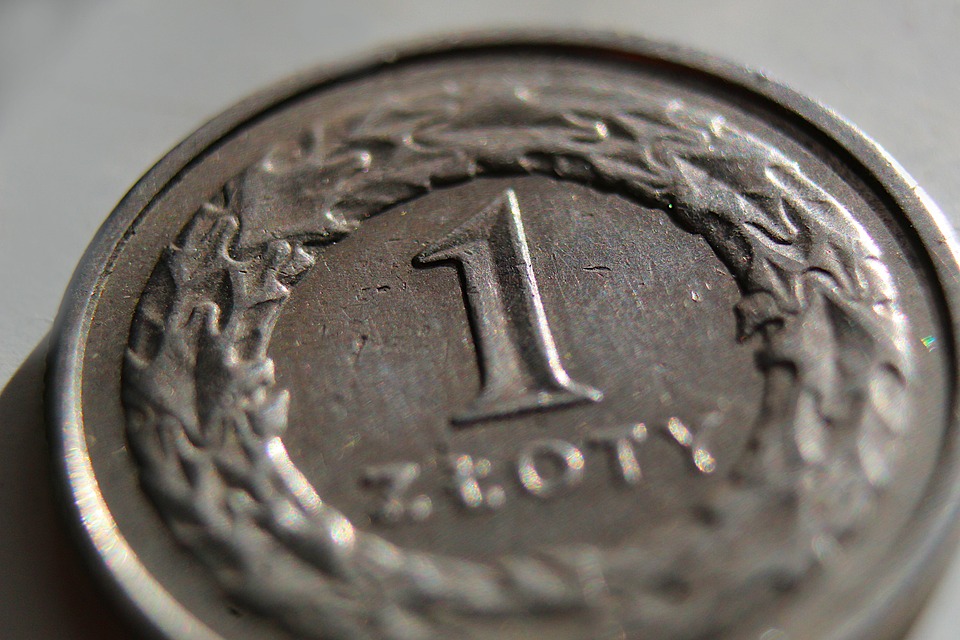Introduction
Financial literacy is an essential skill in today’s complex economic environment. A crucial aspect of financial literacy involves understanding the differences between loans and credit. Despite being frequently used interchangeably, loans and credit are distinct financial instruments with unique characteristics and implications for personal finance. This article aims to clarify these differences and provide insights into how each can be effectively managed.
Understanding Loans
Loans are a form of debt where an individual borrows a fixed amount of money from a lender and agrees to pay it back, typically over a predetermined period, with interest. Loans are usually used for specific purposes such as purchasing a home, car, or funding education. They come with set terms and conditions, including the loan amount, interest rate, repayment schedule, and duration.
Types of Loans
There are several types of loans, each designed for different needs:
- Personal Loans: Unsecured loans that can be used for a variety of personal expenses.
- Auto Loans: Secured loans specifically for purchasing vehicles.
- Mortgage Loans: Long-term secured loans for buying real estate.
- Student Loans: Loans designed to finance education costs.
Benefits and Drawbacks of Loans
Loans offer several benefits, such as predictable repayment schedules and the ability to finance large purchases. However, they also come with drawbacks, including interest costs and potential fees for early repayment or default. It is crucial for borrowers to understand the terms and ensure they can meet the repayment obligations to avoid financial distress.
Understanding Credit
Credit, on the other hand, refers to the ability to borrow money or access goods and services with the understanding that you will pay back the lender at a later date. Unlike loans, credit is often revolving, meaning it can be used repeatedly up to a certain limit as long as the borrower continues to repay the amounts owed. Credit is commonly associated with credit cards but can also include lines of credit and retail accounts.
Types of Credit
Various forms of credit serve different purposes:
- Credit Cards: Allow users to make purchases up to a credit limit, with minimum monthly payments required.
- Lines of Credit: Provide access to a fixed amount of funds that can be used as needed, similar to a credit card.
- Retail Credit: Store-specific credit accounts that offer deferred payment options for purchases.
Benefits and Drawbacks of Credit
Credit offers flexibility and convenience, allowing for immediate purchases without waiting for funds. It can also help build a credit history and improve credit scores when managed responsibly. However, credit can lead to overspending and high-interest debt if not carefully monitored. It is essential to use credit wisely and understand the terms, such as interest rates and fees, to avoid financial pitfalls.
Key Differences Between Loans and Credit
The main differences between loans and credit revolve around their structure and use:
- Purpose: Loans are for specific, often large purchases, while credit offers more flexibility for everyday spending.
- Repayment: Loans have fixed repayment schedules, whereas credit typically involves revolving balances with minimum payments.
- Interest: Loans often have lower interest rates compared to credit, which can carry high rates, especially for credit cards.
- Access to Funds: Loans provide a lump sum, while credit provides ongoing access to funds up to a limit.
Conclusion
Understanding the differences between loans and credit is fundamental to financial literacy. Each serves different financial needs and comes with its own set of terms, benefits, and potential risks. By distinguishing between the two, individuals can make informed decisions, effectively manage their finances, and maintain financial health.


